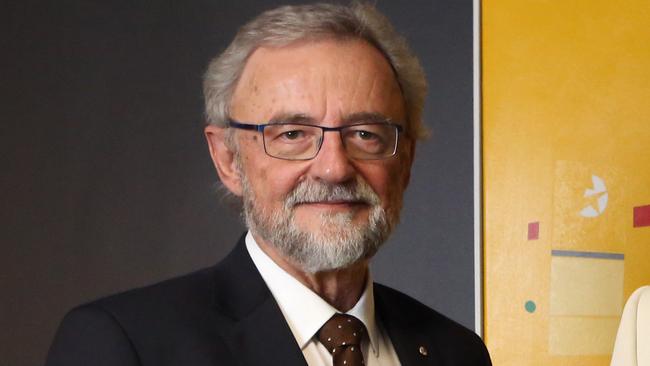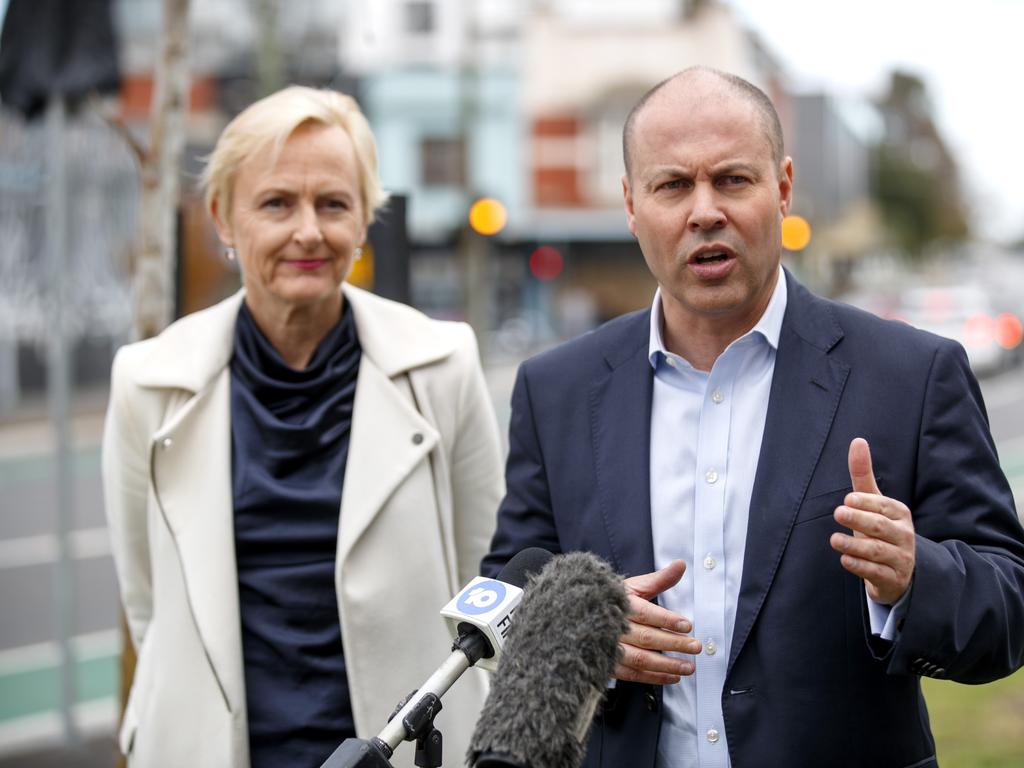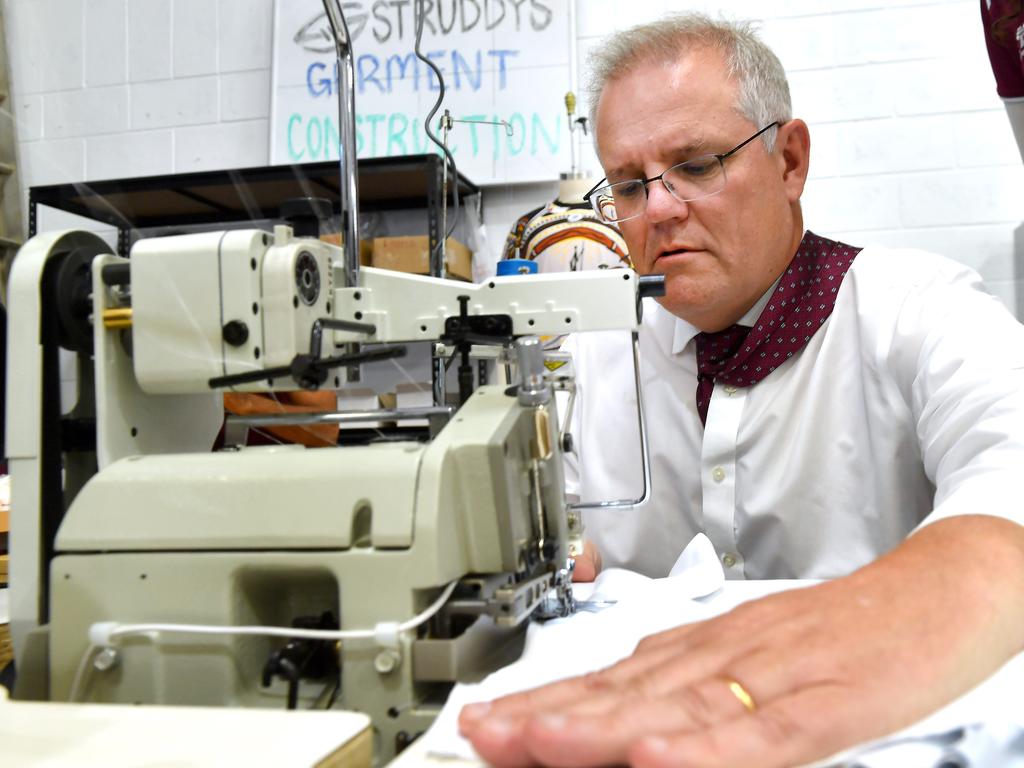Banks slams budget’s productivity blind spot
Former Productivity Commission chair warns budget based on premise Australia will ‘grow itself out of debt’; but ‘contains little’ to promote it.

Australia’s political leaders must unlock a new wave of productivity enhancing reforms amid new warnings the nation faces a reshaped economic reality post COVID-19, including diminishing economic returns from the revival of high immigration rates and increased labour force participation.
Former Productivity Commission chair Gary Banks sounded the alarm on Wednesday in an address to the Minerals Week conference in Canberra, warning that Josh Frydenberg’s May 11 budget “contained little” to promote productivity growth despite assuming it would eventually return to its long run average of 1.5 per cent.
Professor Banks, a professorial fellow at Melbourne University, questioned whether achieving the assumed productivity growth rate of 1.5 per cent was “achievable at all,” arguing there was “little public acknowledgment of the heightened productivity challenge now facing us and its reform imperatives, either in the budget papers or in the pronouncements of our political leaders.”
He argued the budget’s assumed 1.5 per cent rate was based on the 30 year average, but noted this period took in the “1990s reform era” when annual labour productivity growth averaged nearly 2 per cent.
By contrast, for the productivity cycles since 2003, the average has hardly exceeded one per cent. “If that were to continue over the next decade, future GDP would take a hit much bigger than the ‘slow’ scenario in the budget papers and the outlook for debt would be significantly worse,” Professor Banks said.
“It might … seem surprising that in the ‘time of Covid’, so little policy attention appears to have been devoted to this key reform area (of productivity),” Professor Banks said. “It was particularly puzzling not to hear the word ‘productivity’ mentioned by the Treasurer when presenting a budget that is essentially predicated on it.”
“That is, a budget delivering unprecedented deficits and debt, the sustainability of which depends on the proposition that Australia will ‘grow itself out of debt’; but a budget containing little to promote this.”
Foreign student numbers doubt
Professor Banks said it was hard to be optimistic about the prospects for sustainable real growth into the future, warning that net migration might not return to 235,000 by 2025 as predicted by Treasury because of the “plausible case” that Covid could “end up being a ‘long tail’ phenomenon.
He argued there were “reasons to doubt that foreign student numbers will simply resume their previous trajectory, especially from China” and questioned whether attempts to revive immigration to the extent forecast would be “sensible from a national interest perspective.”
“Under realistic assumptions, immigration does little for either participation or productivity nationally in the long term, with income gains in per capita terms small and largely skewed to migrants themselves.”
He suggested the ideal net migration intake could be “closer to Treasury’s forecast in the first IGR (Intergenerational Report) of 90 000 (rather) than the latest one.”
Professor Banks also warned that the scope for increased labour force participation was in doubt given it was already sitting at record levels thanks to the increased participation of older Australians and women in the workforce.
“Considering the circumstances influencing each of these, the scope for participation to rise much further is in doubt, notwithstanding the increased subsidy for childcare in the budget,” he said.
Professor Banks argued increasing productivity was the critical third lever but questioned how long it would take for the economy-wide labour productivity growth rate to achieve its long run average of 1.5 per cent.
He said this trajectory would have major implications for Australians. If achieving the goal took five years longer than the 10-year base case, real GDP would be nearly 2 per cent smaller in 2031-32 and gross debt nearly 4 per cent higher.
Professor Banks argued the poor outlook for productivity growth should “up the ante even further for pro-productivity reforms.”
“If the ‘productivity frontier’ is destined to expand more slowly than before, it becomes even more important that a country operating behind the frontier takes every policy opportunity it can to at least realise its own productivity potential.”
“That Australia is such a country seems clear.”
Competitiveness ‘handicapped’
He argued the productivity and competitiveness of Australia remained “handicapped by” a range of factors including an industrial relations framework “replete with Byzantine complexities, rigidities and perversities” as well as a taxation system that placed “too much reliance on distortionary and incentive-killing taxes.”
He warned the energy sector was “rendered increasingly dysfunctional” by ad hoc government interventions and that the resources sector was hampered by an unduly complex regulatory regime.
Infrastructure and procurement spending was also “blighted by weak assessment processes” in which cost blowouts of 30-40 per cent had become the norm, while land use, zoning and planning regulations inhibited development in both urban centres and the regions.
Professor Banks also slapped down public sector services and programs that failed to provide cost-effective services or deliver a sound record of achievement, arguing that a topical example was the NDIS which was experiencing costs which were “spiralling out of control due to permissive criteria and poor gatekeeping.”
He said a modest suite of reforms — including lowering the corporate tax rate for large businesses as well as overhauling key parts of the workplace relations systems — would result in a rise in labour productivity of close to one percentage point, restoring it closer to the level achieved in the 1990s, according to a study released by the Centre for International Economics.
“Australia’s GDP in a decade’s time would be around 10 per cent greater than otherwise (nearly $10 000 per person),” he said.








To join the conversation, please log in. Don't have an account? Register
Join the conversation, you are commenting as Logout